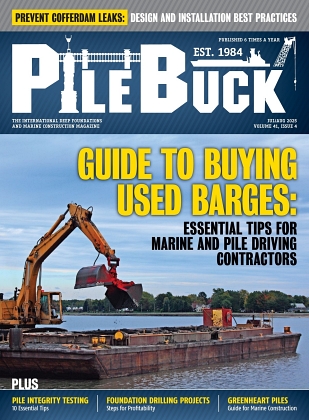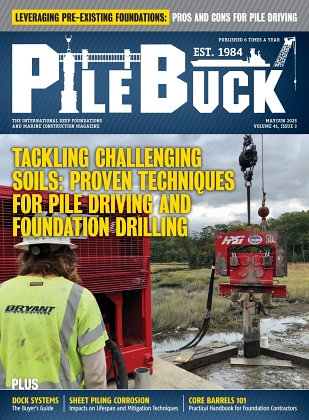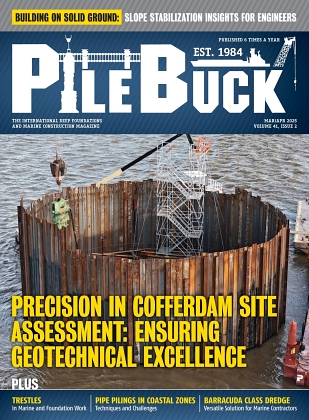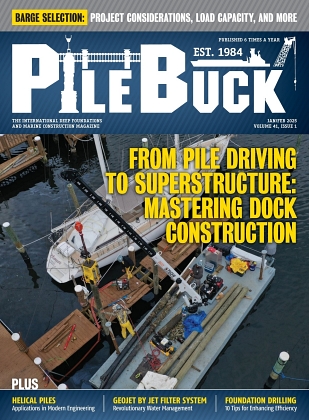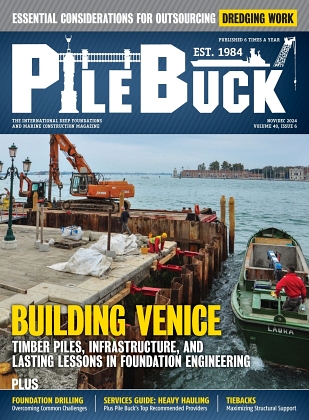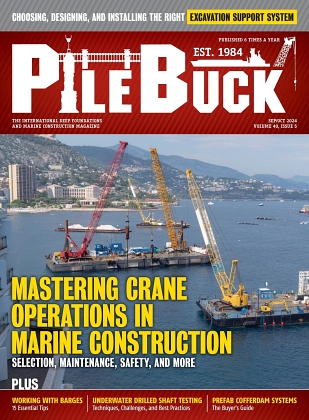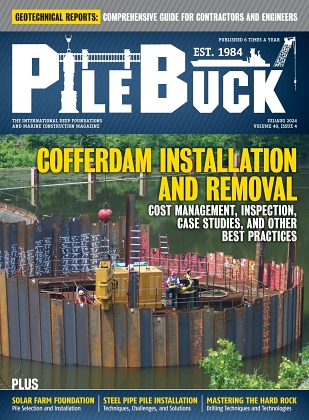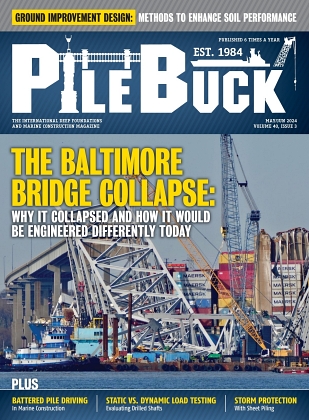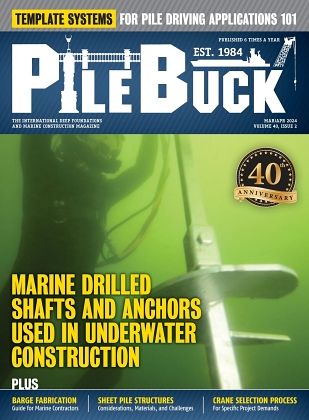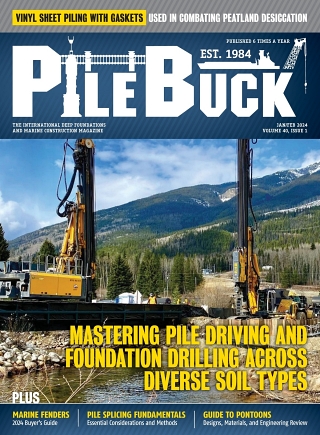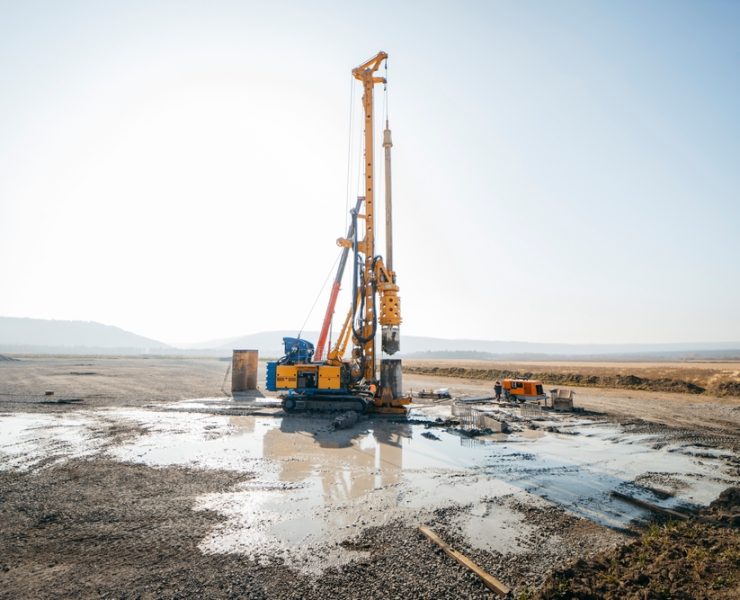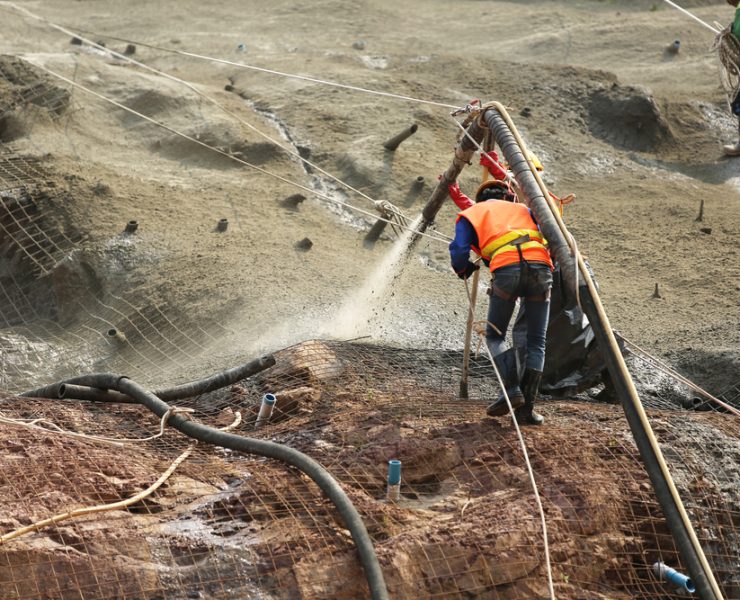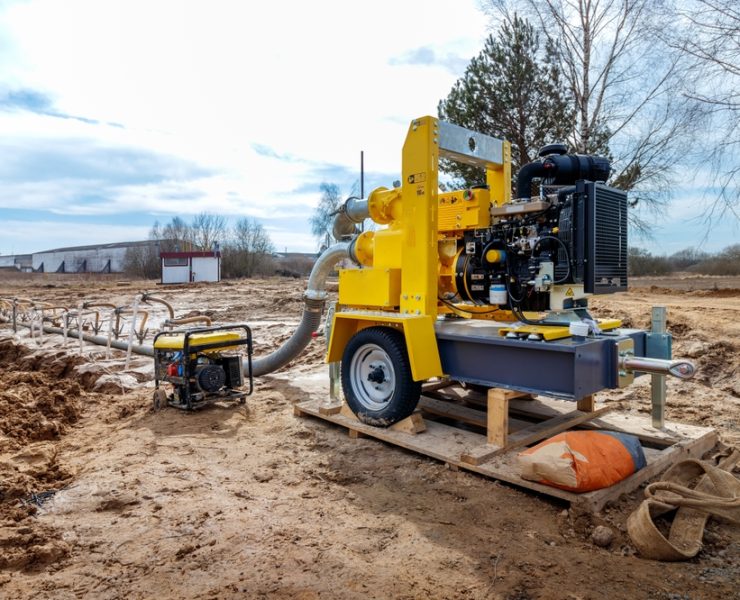Rental Strategies for Pile Driving and Drilling Equipment in Large Scale Infrastructure
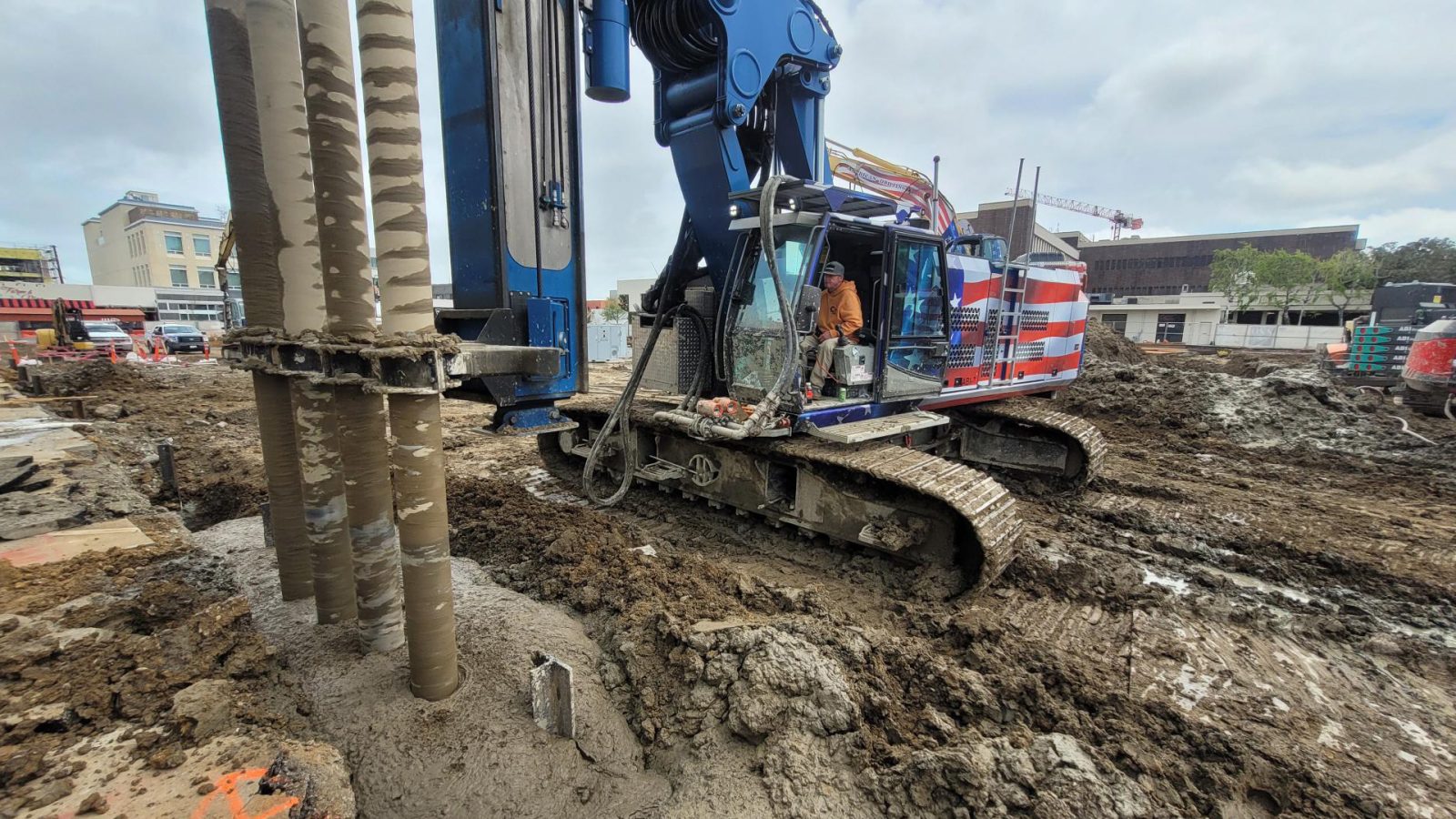
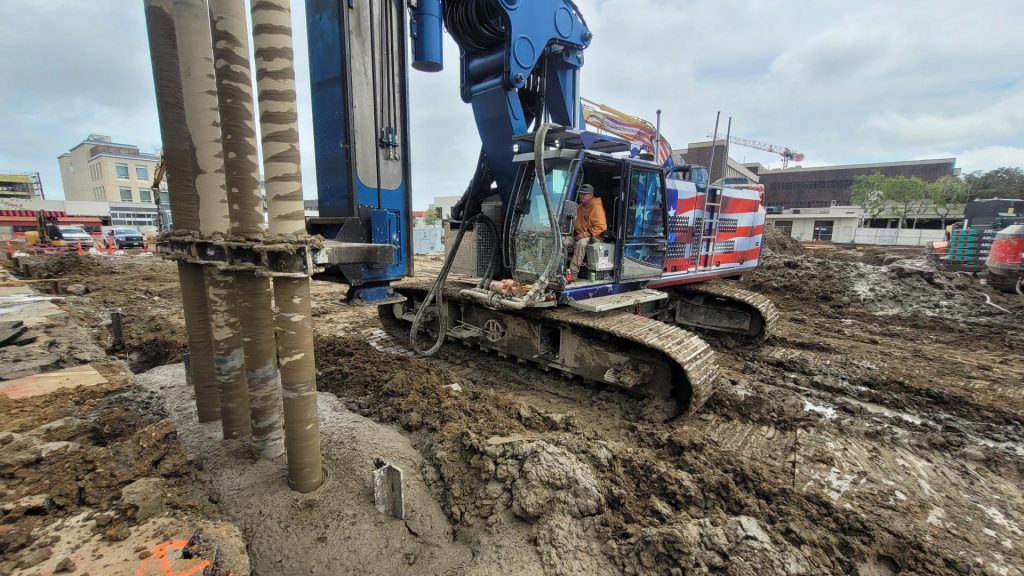
Large scale infrastructure projects depend on reliable foundation construction. Driven piles, drilled shafts and ground improvement methods all require powerful and specialized machinery that can withstand tough environments. As these projects increase in size and complexity, contractors are turning to rental solutions to help manage cost, scheduling and technology updates. Renting gives teams access to the latest equipment without the burden of long term ownership. A strategic approach to rental planning ensures that pile driving and drilling operations remain efficient throughout every project phase.
Understanding Why Contractors Rent
Flexibility and Reduced Financial Pressure
Foundation equipment is expensive to purchase and maintain. Contractors working on highways, bridges, ports and energy facilities often prefer renting because it provides flexibility and reduces capital risk. Renting allows teams to bring in the precise type of equipment needed for each phase and return it when the task is done. This model helps avoid the cost of storing unused rigs and reduces budget pressure on companies bidding competitive infrastructure work.
Equipment Matched to Ground Conditions
Different soils demand different machinery. Vibratory hammers typically work well in loose or granular soils, while impact hammers or rotary drilling rigs are more appropriate for dense layers and rock. These distinctions are widely documented in industry guidance, and matching the right tool to the right condition is essential for productivity. Renting makes it easier for contractors to choose equipment that fits each location without committing to long term ownership of machines that may only be needed temporarily.
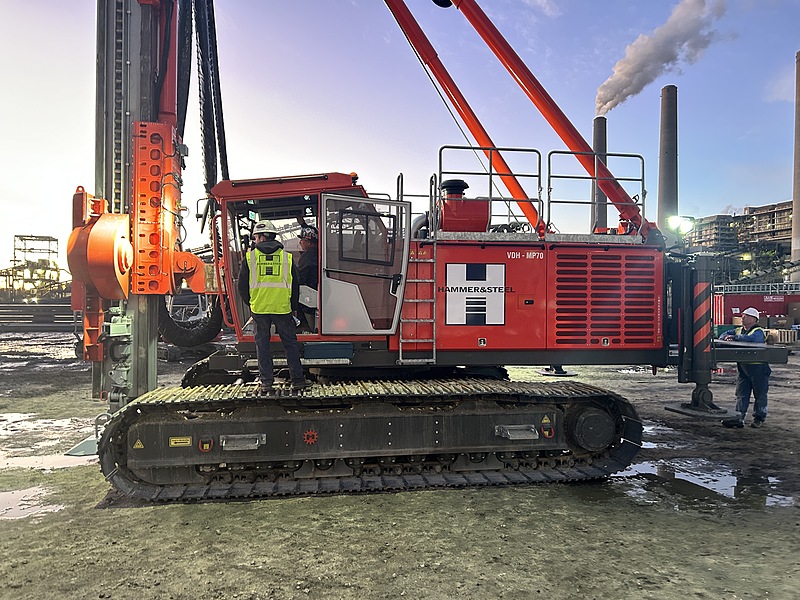
Planning a Smart Rental Strategy
Aligning Equipment Schedules with Project Phases
Infrastructure projects involve long durations, phased construction and frequent shifts in sequencing. Before arranging rentals, contractors must map out when each foundation activity will happen. Poor scheduling can lead to equipment arriving too early and generating idle costs or arriving too late and delaying production. Close coordination with geotechnical teams and project managers ensures that equipment is delivered at the optimal time.
Rate Structures and Utilization Control
Rental pricing varies by duration, and longer arrangements usually produce lower effective daily rates. For months long pile installation or drilling campaigns, it is more cost effective to negotiate weekly or monthly pricing. Utilization is the metric that determines value. When equipment sits idle, costs increase. Contractors should review crew assignments, material deliveries and access conditions to ensure that rented machines are used steadily throughout their rental period.
Logistics and Technical Support
Transporting large piling or drilling rigs requires careful planning. Off loading, crane setup, rig assembly and commissioning must all be factored into the schedule. A strong rental partner will also provide fast maintenance response. Downtime during foundation activities creates ripple effects for multiple crews, so reliable service is essential. Renting from experienced providers helps reduce unexpected delays and supports consistent progress on high value projects.
Operational Considerations for Infrastructure Foundations
Adjusting to Unpredictable Subsurface Conditions
Major public projects often face challenging or inconsistent ground conditions. A site may start in soft layers and transition into dense material or boulders. Renting gives contractors the ability to switch between vibratory hammers, impact hammers and drilling rigs depending on what they encounter. This adaptability ensures that work continues even when conditions change.
When a project requires a shift in machinery type, contractors often rely on pile driving equipment rental so they can upgrade or exchange equipment based on evolving conditions without committing to long term ownership.
Meeting Safety and Environmental Requirements
Infrastructure work is regulated by strict standards related to emissions, vibrations, noise and operator safety. Rented equipment must meet these requirements. Contractors should confirm that machines arrive with current certifications and are maintained to the correct standard. Ensuring that operators are trained and ready before equipment arrives prevents avoidable delays and supports a safer jobsite.
Monitoring Equipment Performance
Many modern fleets include telematics. These systems track hours, idle time, maintenance needs and fuel use. This data helps contractors understand how equipment is being used and where productivity gaps occur. On large multi rig foundation jobs, telematics guides better decisions about crew assignment and equipment placement while also giving rental providers insight into maintenance scheduling.
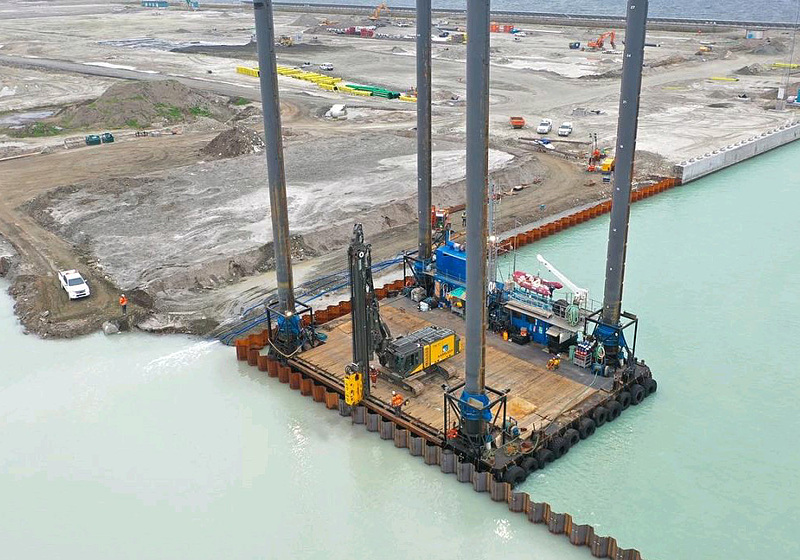
Working With Reliable Suppliers
The Advantage of Experienced Partners
Large scale foundation work benefits from partnering with suppliers that understand the technical and logistical challenges of infrastructure construction. These partners help identify equipment that fits specific soil profiles, pile dimensions and access constraints. They also provide the on site support needed to keep machines running consistently during intense production schedules.
Many contractors prefer to work with established drilling and pile driving equipment suppliers that offer both rental options and strong technical support, ensuring that equipment availability and service coverage remain dependable throughout the project.
Maintaining Continuity Across Long Projects
Large infrastructure programs can last several years. Rental partners with broad inventory and multiple regional locations support continuity even when project demands shift. This stability protects schedules and helps teams avoid production slowdowns when new foundation phases begin.
A well planned rental approach is essential for modern infrastructure construction. Renting provides flexibility, supports accurate equipment matching, reduces ownership risks and ensures access to current technology. By aligning rental schedules with project phases, optimizing utilization, coordinating logistics and partnering with reliable suppliers, contractors increase productivity and reduce the risk of costly delays. With the right strategy in place, rental equipment becomes a powerful asset in delivering safe, durable and efficient foundation systems for large scale projects.


